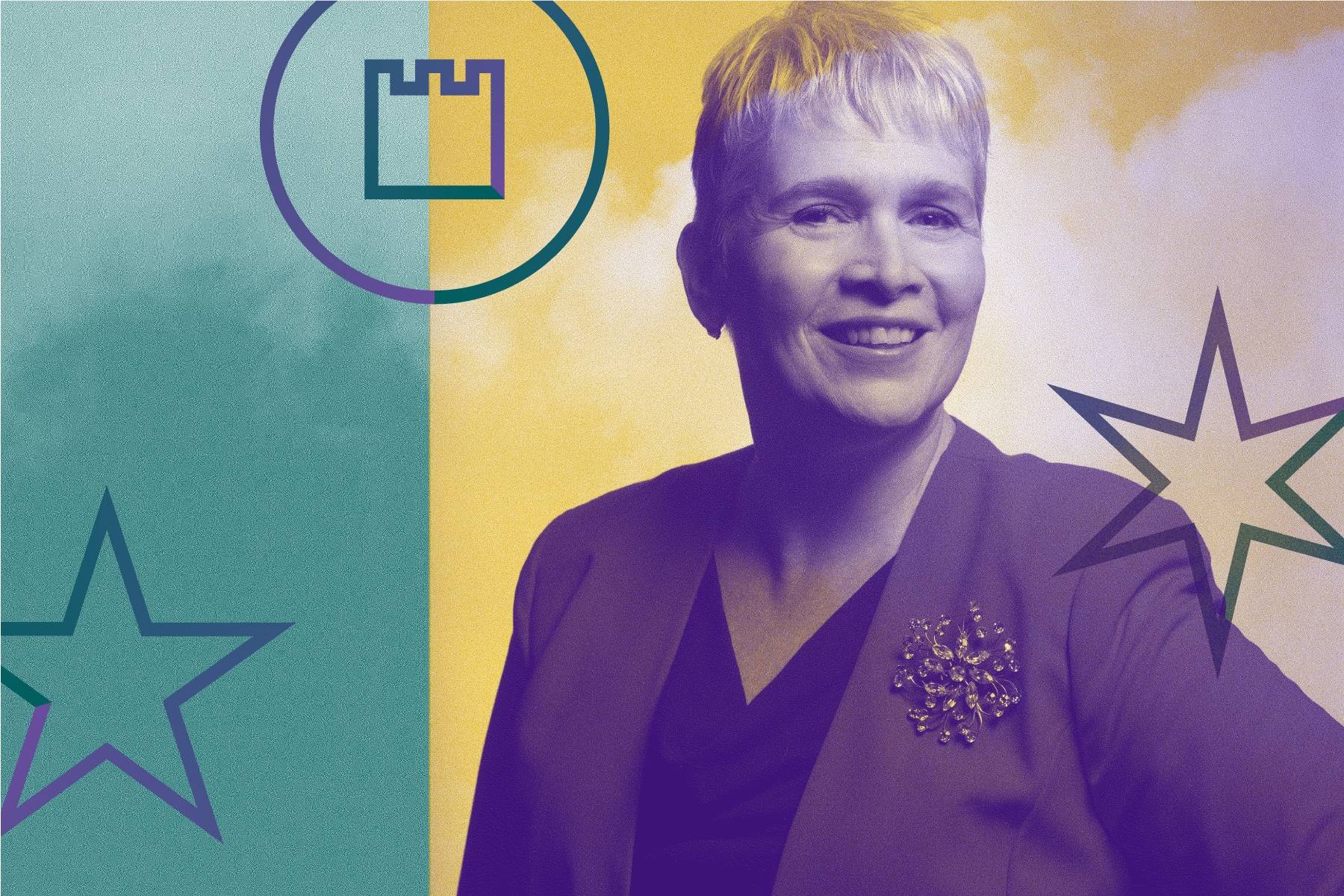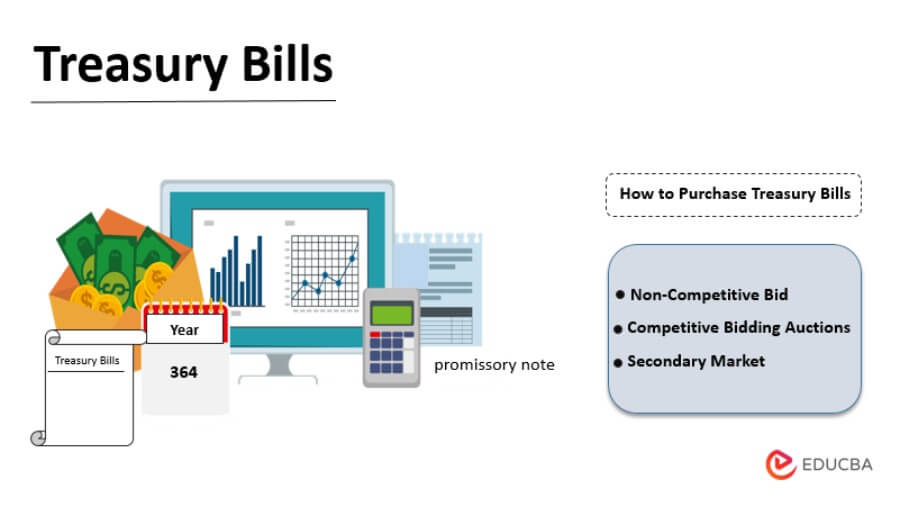
Forex Pips refer to small fluctuations in the exchange rates of two currencies. Small changes can have a significant impact on your trading account. Understanding pips can help you assess the movements of micro-currencies and to implement risk management strategies.
To calculate pip values, there are three elements. You need to know the number, lot number, and exchange rate. You'll be able to easily calculate the pip value with the first two. For the third, you will need to perform a more precise calculation. Some brokers offer 4 Digit Quotes to better reflect exchange rates' subtlety.
The pip is used to indicate the most significant currency change. It will allow you to make better trades by knowing the number of pip in a lot. It will also give you a better handle on how much equity you can afford to lose. Knowing the number of pip in a lot will give you an idea of your risk management.

There are two main types pips. One represents the smallest change to the exchange rate and the other the largest. The first is the simplest to calculate and the most obvious to use. Calculating the most significant pip is more complex and can be tedious. A special calculator is an efficient way to measure a Pip. This is usually done automatically by a service provider.
Another important function is to determine the bid/ask Spread, which is critical in successful trades. Depending on your broker, the spread can be measured in pips, points or even dollars. By measuring the bid-ask spread, you'll get a better sense of where you stand in the price equation. You'll also be able better to gauge the future impact of any moves.
You can calculate pips using a calculator. However, this is not the best method. Many traders prefer to use a pip calculation that is more robust, flexible, and reliable. Depending on your broker's pricing, you may need to use an old-fashioned method for counting pips.
Knowing what are the most important pips in Forex can give you a leg up on your competitors. Your ability to choose the right pips for a particular situation and your willingness to stick to your strategy will determine your trader's success. Knowing the pips of Forex will help you to execute your trades in a timely and profitable manner.

One good rule of thumb is finding out how many pip in a lot are the biggest in the context price movements. Next, multiply the number pips by your lot. You'll see a dollar as a pip in most cases. However, it's possible to bet that the size and currency pairs of your pips will affect the size of your pips.
FAQ
What is a Stock Exchange?
A stock exchange is where companies go to sell shares of their company. This allows investors to buy into the company. The market sets the price of the share. It is usually based on how much people are willing to pay for the company.
Companies can also get money from investors via the stock exchange. Investors give money to help companies grow. Investors purchase shares in the company. Companies use their money for expansion and funding of their projects.
A stock exchange can have many different types of shares. Others are known as ordinary shares. These are the most common type of shares. Ordinary shares are traded in the open stock market. Prices of shares are determined based on supply and demande.
Preferred shares and bonds are two types of shares. When dividends are paid, preferred shares have priority over all other shares. The bonds issued by the company are called debt securities and must be repaid.
What is security?
Security is an asset that produces income for its owner. Most common security type is shares in companies.
Different types of securities can be issued by a company, including bonds, preferred stock, and common stock.
The value of a share depends on the earnings per share (EPS) and dividends the company pays.
When you buy a share, you own part of the business and have a claim on future profits. You receive money from the company if the dividend is paid.
You can always sell your shares.
How can people lose their money in the stock exchange?
The stock market is not a place where you make money by buying low and selling high. You can lose money buying high and selling low.
The stock market offers a safe place for those willing to take on risk. They will buy stocks at too low prices and then sell them when they feel they are too high.
They want to profit from the market's ups and downs. If they aren't careful, they might lose all of their money.
What is a fund mutual?
Mutual funds are pools or money that is invested in securities. They allow diversification to ensure that all types are represented in the pool. This reduces the risk.
Professional managers are responsible for managing mutual funds. They also make sure that the fund's investments are made correctly. Some funds offer investors the ability to manage their own portfolios.
Mutual funds are often preferred over individual stocks as they are easier to comprehend and less risky.
Statistics
- Our focus on Main Street investors reflects the fact that American households own $38 trillion worth of equities, more than 59 percent of the U.S. equity market either directly or indirectly through mutual funds, retirement accounts, and other investments. (sec.gov)
- Individuals with very limited financial experience are either terrified by horror stories of average investors losing 50% of their portfolio value or are beguiled by "hot tips" that bear the promise of huge rewards but seldom pay off. (investopedia.com)
- Even if you find talent for trading stocks, allocating more than 10% of your portfolio to an individual stock can expose your savings to too much volatility. (nerdwallet.com)
- For instance, an individual or entity that owns 100,000 shares of a company with one million outstanding shares would have a 10% ownership stake. (investopedia.com)
External Links
How To
How to open an account for trading
It is important to open a brokerage accounts. There are many brokers available, each offering different services. Some charge fees while others do not. Etrade (TD Ameritrade), Fidelity Schwab, Scottrade and Interactive Brokers are the most popular brokerages.
Once your account has been opened, you will need to choose which type of account to open. You can choose from these options:
-
Individual Retirement Accounts, IRAs
-
Roth Individual Retirement Accounts
-
401(k)s
-
403(b)s
-
SIMPLE IRAs
-
SEP IRAs
-
SIMPLE 401(k)s
Each option has different benefits. IRA accounts provide tax advantages, however they are more complex than other options. Roth IRAs allow investors deductions from their taxable income. However, they can't be used to withdraw funds. SEP IRAs are similar to SIMPLE IRAs, except they can also be funded with employer matching dollars. SIMPLE IRAs have a simple setup and are easy to maintain. They allow employees and employers to contribute pretax dollars, as well as receive matching contributions.
Finally, you need to determine how much money you want to invest. This is the initial deposit. You will be offered a range of deposits, depending on how much you are willing to earn. Based on your desired return, you could receive between $5,000 and $10,000. The conservative end of the range is more risky, while the riskier end is more prudent.
Once you have decided on the type account you want, it is time to decide how much you want to invest. Each broker sets minimum amounts you can invest. The minimum amounts you must invest vary among brokers. Make sure to check with each broker.
You must decide what type of account you want and how much you want to invest. Next, you need to select a broker. Before selecting a broker to represent you, it is important that you consider the following factors:
-
Fees-Ensure that fees are transparent and reasonable. Many brokers will offer trades for free or rebates in order to hide their fees. However, some brokers raise their fees after you place your first order. Avoid any broker that tries to get you to pay extra fees.
-
Customer service – You want customer service representatives who know their products well and can quickly answer your questions.
-
Security - Make sure you choose a broker that offers security features such multi-signature technology, two-factor authentication, and other.
-
Mobile apps - Make sure you check if your broker has mobile apps that allow you to access your portfolio from anywhere with your smartphone.
-
Social media presence - Check to see if they have a active social media account. It may be time to move on if they don’t.
-
Technology - Does it use cutting-edge technology Is the trading platform easy to use? Is there any difficulty using the trading platform?
After choosing a broker you will need to sign up for an Account. Some brokers offer free trials. Others charge a small amount to get started. After signing up, you'll need to confirm your email address, phone number, and password. Next, you'll need to confirm your email address, phone number, and password. Finally, you'll have to verify your identity by providing proof of identification.
After your verification, you will receive emails from the new brokerage firm. You should carefully read the emails as they contain important information regarding your account. For instance, you'll learn which assets you can buy and sell, the types of transactions available, and the fees associated. Also, keep track of any special promotions that your broker sends out. These promotions could include contests, free trades, and referral bonuses.
The next step is to open an online account. An online account can usually be opened through a third party website such as TradeStation, Interactive Brokers, or any other similar site. Both websites are great resources for beginners. To open an account, you will typically need to give your full name and address. You may also need to include your phone number, email address, and telephone number. Once you have submitted all the information, you will be issued an activation key. Use this code to log onto your account and complete the process.
Once you have opened a new account, you are ready to start investing.